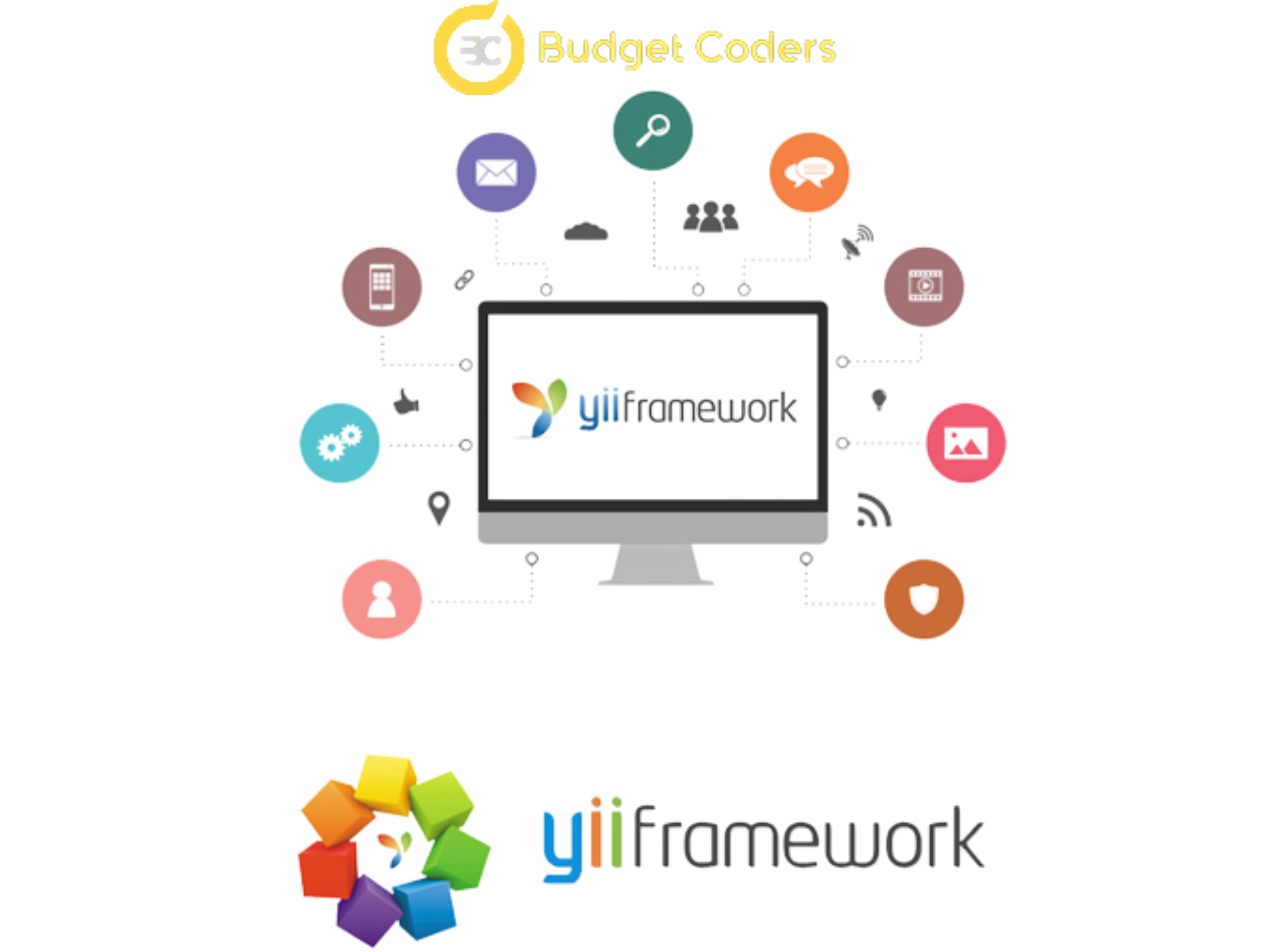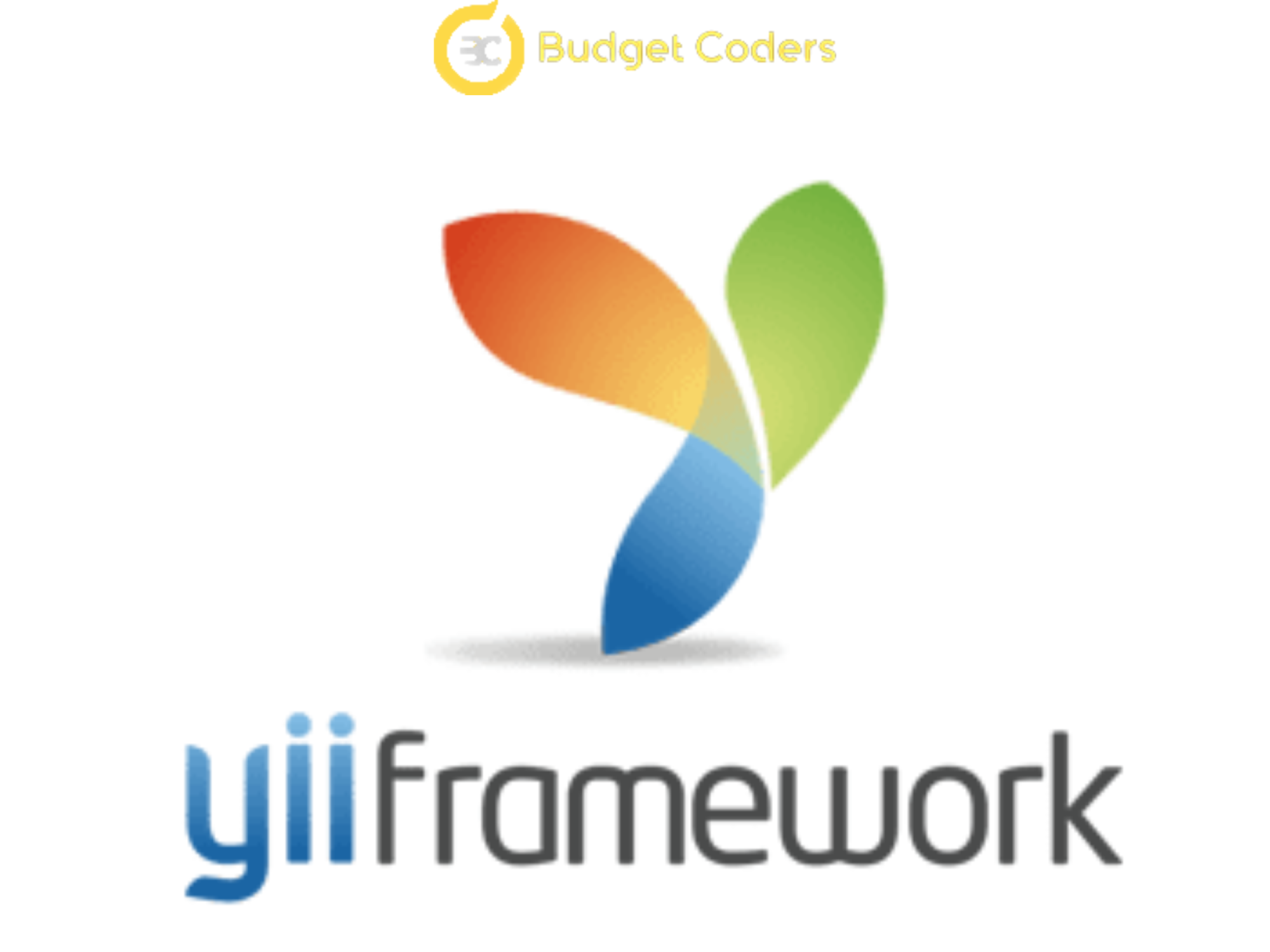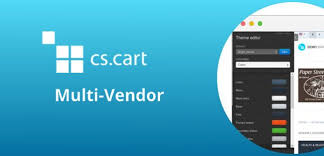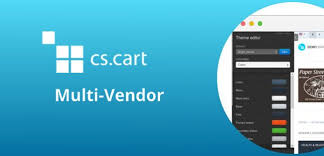Are you looking to develop dynamic web applications with a powerful, secure, and fast PHP framework? If so, then you should consider Yii – the most popular MVC (Model-View-Controller) framework available in the PHP world. Read on to learn more about what makes this particular framework so special and how it can help unlock the potential of your projects.
Introduction to Yii
If you’re a PHP developer, chances are you’ve heard of the Yii framework. Yii is a high-performance PHP framework that’s perfect for developing large-scale web applications. In this blog post, we’ll give you an overview of what the Yii framework is and how it can help you develop faster and better PHP applications.
The Yii framework is based on the Model-View-Controller (MVC) architectural pattern. MVC is a popular software design pattern that helps to separate application logic from presentation. This separation of concerns makes code more reusable and maintainable. The Yii framework takes this one step further by also separating the data access layer from the business logic layer. This separation of layers makes it easy to develop, test, and deploy large-scale web applications.
One of the most impressive features of the Yii framework is its built-in support for AJAX-based widgets. These widgets can be used to create highly interactive user interfaces without having to write any JavaScript code. In addition, the Yii framework comes with a comprehensive set of tools for debugging, profiling, and caching. These tools help you optimise your application’s performance and make development faster and easier.
If you’re looking for a powerful PHP framework that can help you develop large-scale web applications quickly and easily, then look no further than the Yii framework!
Understanding MVC Architecture and How Yii Works
MVC is an architectural design pattern that separates an application into three main components: the model, the view, and the controller. The Yii framework follows this design pattern and provides a robust and extensible architecture for building web applications.
The model represents the data structure of an application and its business logic. The view renders the user interface, while the controller handles user input and interacts with the model to perform actions. This separation of concerns makes it easier to develop and maintain complex web applications.
Yii provides a comprehensive set of features for implementing MVC-based applications. These include:
A powerful object-oriented programming framework
A database abstraction layer that supports multiple relational database systems
A wide range of utility classes and components
A flexible caching system
An integrated authentication and authorization framework
Internationalization (I18N) support
Benefits of Using Yii in PHP Development
There are plenty of reasons to love the Yii framework. For one, it’s incredibly lightweight and fast. This makes it perfect for developing high-performance web applications. Additionally, Yii comes with a host of features that make it ideal for rapid application development (RAD).
Some of the most notable benefits of using Yii include:
A clean, DRY (Don’t Repeat Yourself) design
Excellent documentation and support resources
Built-in tools for input validation, output filtering, caching, etc.
Security features like input filtering, output encoding, SQL injection and Cross-Site Scripting prevention
Integration with third-party code libraries like jQuery, Bootstrap, and Composer
Setting up a Yii Project
If you’re new to Yii, setting up your first project can be a daunting task. In this section, we’ll walk you through the process of setting up a basic Yii project, including creating your database and configuring your web server. By the end of this section, you’ll have a working Yii application up and running.
Creating a new Yii project is simple with the yii command line tool. First, create a new directory for your project and change into that directory. Then, run the following command to create a basic skeleton application:
$ yii create app basic
This will create a new directory called “basic” which contains a basic Yii application. You can now point your web browser to http://localhost/basic/web/ and you should see the default home page of your new application.
Next, we need to set up our database. For this guide, we’ll assume you’re using MySQL. Create a new database called “yii_test” and then import the file “apps/basic/data/schema.sql” into it. This will create the necessary tables for our application.
Now we need to configure our application to use our newly created database. Open the file “config/db.php” in your text editor and modify the ‘dsn’, ‘username’, and ‘password’ options as appropriate for your environment:
return [ ‘db’ =>
Working with Models, Views and Controllers in Yii
If you’re new to the Yii framework, then you’re probably wondering how to go about working with models, views and controllers. Luckily, it’s not as difficult as it may seem at first. In this article, we’ll take a look at how to work with each of these components in Yii.
Models are the heart of any MVC application and Yii is no different. A model represents a piece of data in your application, such as a user or an order. Models are typically stored in the /models folder of your Yii project. To create a new model, you can use the yiic shell tool:
$ yiic shell create-model <ModelName>
This will generate a skeleton model class for you which you can then fill out with your own code. Once you have a model created, you can access it from anywhere in your application using Yii::app()-><ModelName> .
Views are what the user sees when they visit your application. Views are typically stored in the /views folder of your Yii project. Views are written in PHP and use the special syntax provided by the Yii framework to access data from your models and controllers. For example, to display a list of users from our User model, we would use the following code in our view:
<?php foreach($this->dataProvider->getData() as $user): ?> <?php
Adding Features and Functionalities with Widgets & Plugins
When it comes to adding features and functionality to a web application, few tools are as powerful as widgets and plugins. Widgets are pre-packaged components that can be easily integrated into an existing application, while plugins are modular pieces of code that can be used to extend the functionality of an application.
Both widgets and plugins can be used to add a wide variety of features and functionality to a Yii-based web application. In this section, we’ll take a look at some of the most popular widgets and plugins available for Yii, and show you how to use them in your own applications.
Popular Yii Widgets
There are dozens of excellent widgets available for Yii, but here are a few of the most popular:
The Bootstrap Carousel widget is a great way to add a rotating image carousel to your web site or application.
The CMenu widget allows you to easily create multi-level menus using nested HTML lists.
The JuiAutoComplete widget enables you to quickly create autocomplete fields for forms and search boxes.
If you need to display data in a tabular format, the CGridView widget is an excellent choice. It can be used with both relational and non-relational data sources.
Tips for Building Secure Applications with Yii
When building web applications with Yii, there are a number of measures you can take to ensure that your application is as secure as possible.
Below are some tips to help you get started:
1. Use Yii’s built-in security features: Yii comes with a number of security-related features out-of-the-box, such as input validation and output filtering, which can help you mitigate common web application security risks. Be sure to make use of these features in your own applications.
2. Keep your software up to date: Security vulnerabilities are often discovered in web application frameworks and other software components after they have been released. It’s important to keep your software up to date in order to benefit from the latest security fixes.
3. Use strong passwords and password hashing: When storing user passwords in your database, be sure to use a strong hashing algorithm such as bcrypt or PBKDF2. This will help protect your users’ passwords in the event that your database is compromised.
4. Implement access control: In most web applications, not every user should have access to every feature. By implementing an access control system, you can restrict users’ access to only those parts of the application that they need. This can help reduce the likelihood of successful attacks as well as limit the damage that can be done if an attacker does gain access to your system.
FAQs
Q. Why Yii is the best framework?
Yii is one of the best, most reliable, and secure open-source PHP frameworks available. It’s perfect for developing high-performance enterprise applications. Yii offers a wide range of features such as code generation tools, templating, form submissions, and more that make development faster and easier. Yii’s intuitive design and coding style will help you create powerful, versatile applications in a matter of hours–not days or weeks. Get ready to experience an amazingly smooth workflow with the power of Google’s Yii framework!
Q What is YII framework used for?
Yii is a high-performance, component-based PHP framework for rapidly developing modern web applications. It enables developers to quickly create powerful websites and applications using its various features such as MVC, Model-View-Controller architecture, scaffolding, code generation, etc. Yii’s extensible nature also allows developers to create and use third party extensions for extra functionality.
Q. What is the design pattern of YII framework?
Yii is based on the Model-View-Controller (MVC) design pattern. The controller handles user input and requests, the model represents your data structures and business logic, and the view contains all the presentation logic. This separation of concerns makes it easy to build maintainable, extensible applications with Yii that can scale well to meet your changing needs.
Q. What is the model, view, controller YII framework?
Yii framework is based on the Model-View-Controller (MVC) architectural pattern. This pattern allows for better organization of code, improving readability and scalability. MVC separates the logic of application (Model), presentation (View), and user’s requests processing (Controller). Each of these components are designed to handle specific development aspects such as data management, interface design and process flow control. Yii provides an efficient way to manage multiple models, views and controllers in a single web application.
Q. What is the naming convention in YII framework?
Yii framework uses the same conventions used by most other frameworks, namely “PascalCase” for class names and “camelCase” for method and properties. This means that the first letter of each word in a class name should be capitalized, while method and property names have only the first letter in their first word capitalized.



